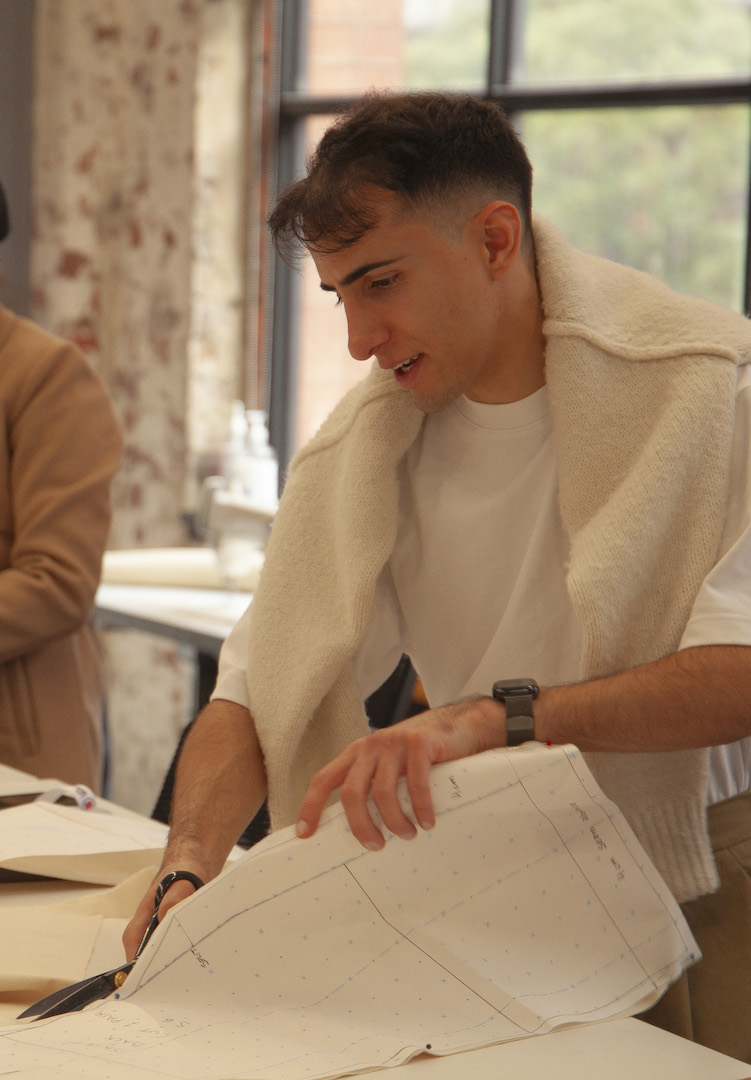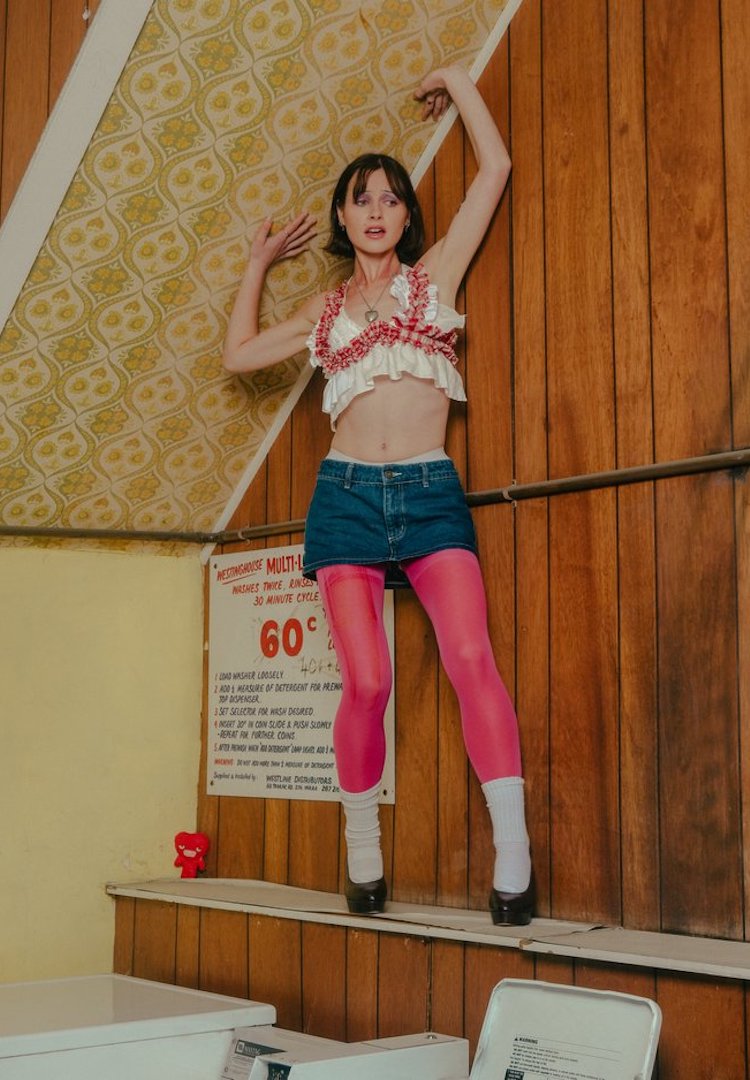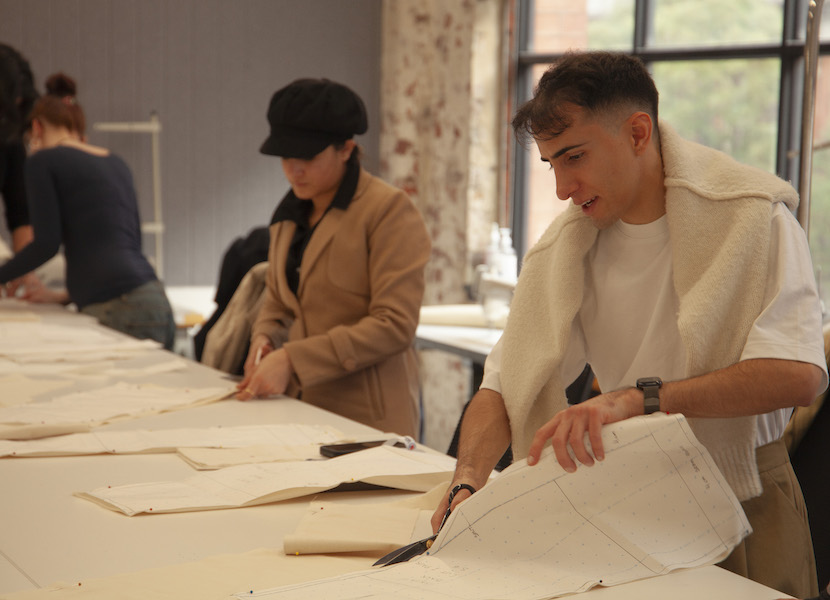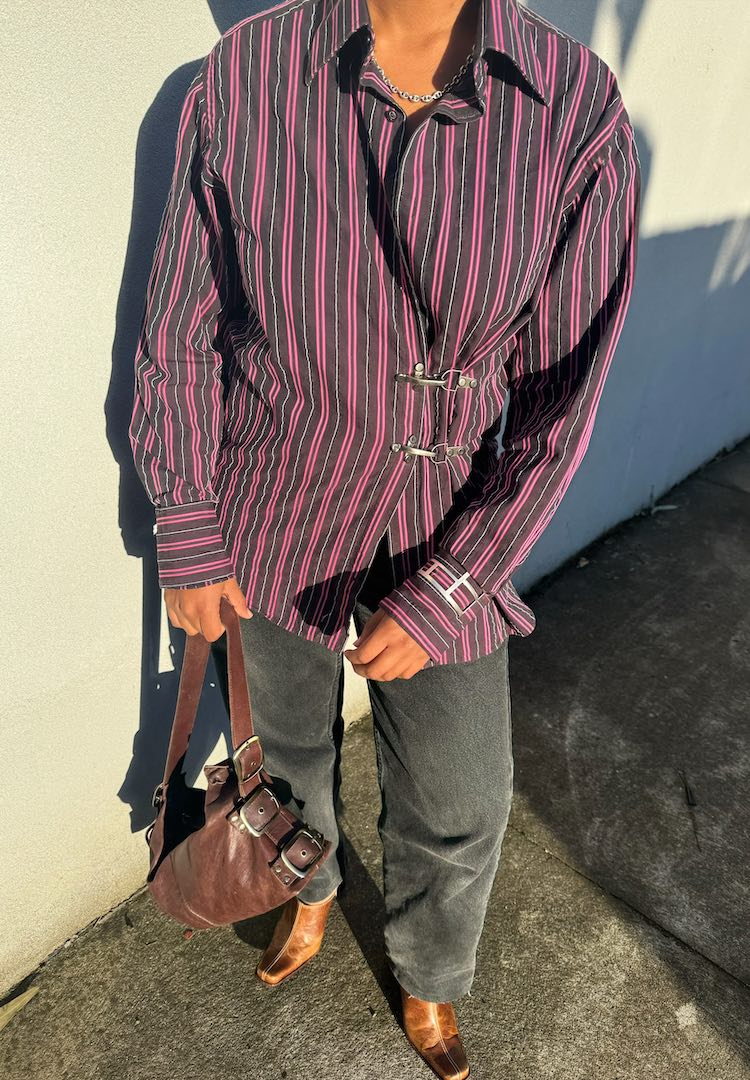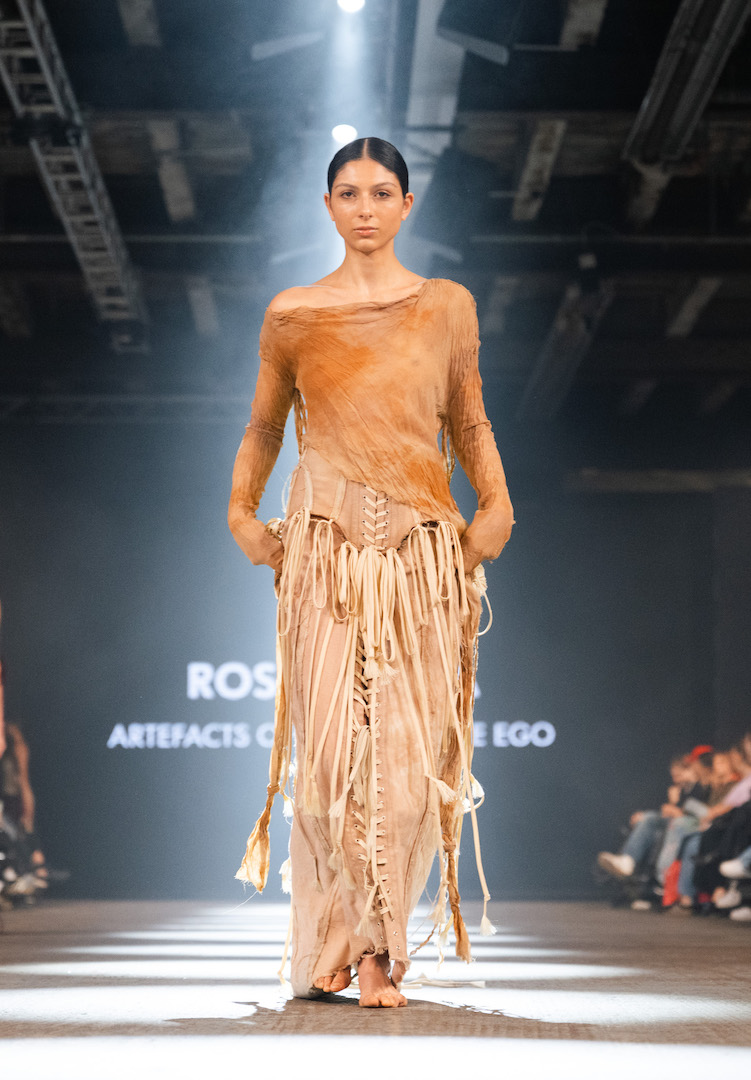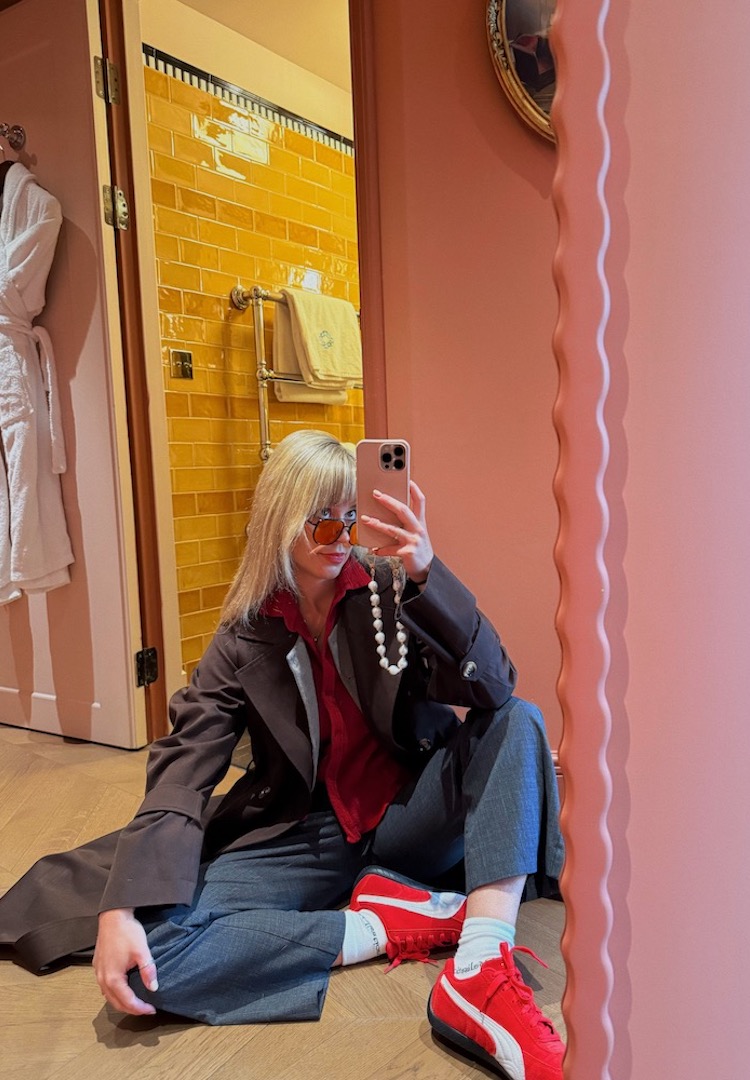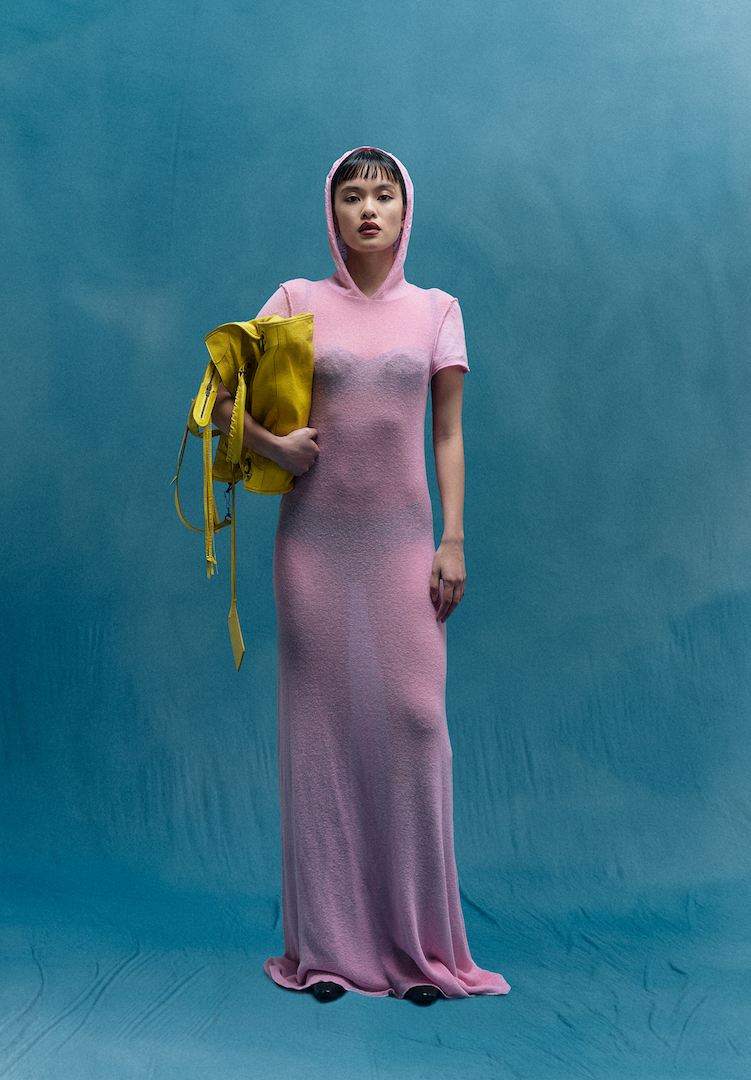The hard skills every aspiring fashion designer needs for success
“The fashion landscape today demands a beautiful hybrid of traditional craftsmanship and digital fluency.”
Whether you’re an aspiring designer or just a former Project Runway fan, you probably know fashion can be a difficult industry for emerging talent. Not only is it competitive but the advice on how to ‘make it’ is often contradictory: you need to be broadly creative and detail-focused, artistic and business-savvy, malleable but able to uphold a strong personal brand.
“It’s like being multilingual,” explains Gretchen Geoghegan, a sessional academic in LCI Melbourne’s celebrated fashion program. “You need to speak both the traditional language of fashion and the digital dialects that are reshaping our industry.”
For more style suggestions, head to our Fashion category.
While it may seem overwhelming, the path to getting there (working for a fashion brand or starting your own label) is a lot easier if you possess the right technical skills.
Gretchen is just one of the experienced mentors at the helm of LCI Melbourne’s Diploma of Fashion Design, a one-year course that provides the technical expertise you need to pursue a career as a design professional. With over a decade of experience as a head designer, buyer and brand consultant, Gretchen is here to help demystify the real-world skills you need to (as Tim Gunn from Project Runway would say) ‘make it work’ in the industry.
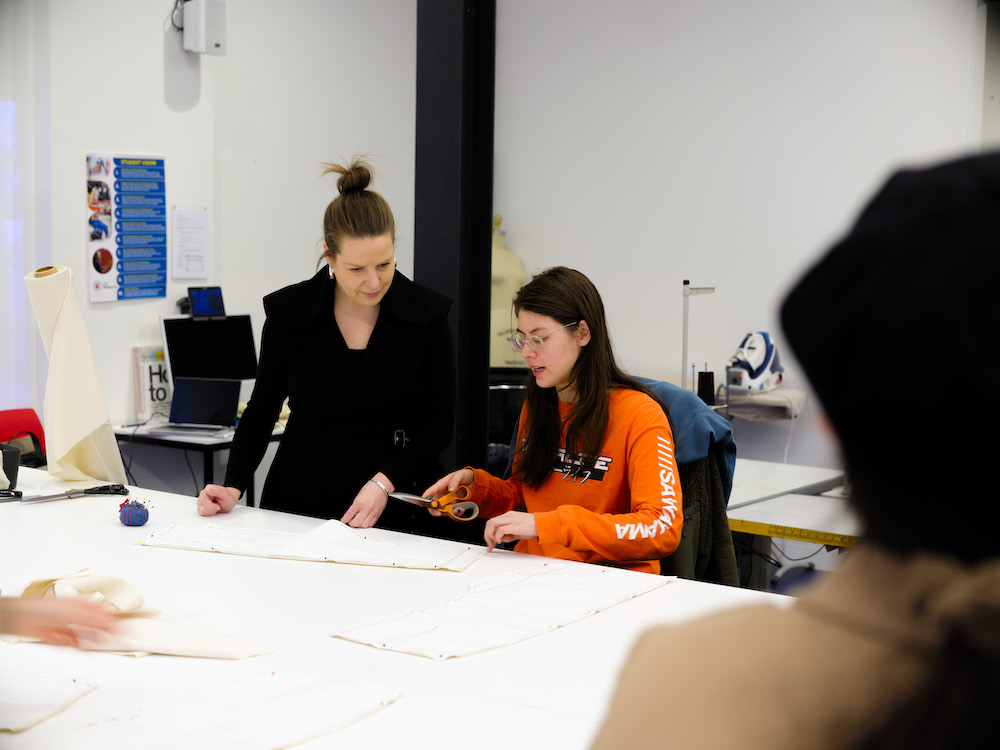
Photo by Dean Golja, LCI Melbourne, Photography Mentor
Design adaptability
“The fashion landscape today demands a beautiful hybrid of traditional craftsmanship and digital fluency,” Gretchen explains. “At the foundation, you absolutely need patternmaking and construction skills – these are your non-negotiables. But layer on top of that: 3D design Adobe Creative Suite mastery and increasingly, an understanding of sustainable production methods.”
With the only prerequisite being a year 12 certificate or equivalent, LCI Melbourne’s Diploma of Fashion Design offers a comprehensive balance of garment construction, patternmaking, textile design and digital fashion skills.
“Some of the most successful designers I see in industry today are those who can digitise their conceptualisation, hand-sketch designs, visualise it in 3D through draping and flat patternmaking, then bring it to life with impeccable construction,” Gretchen says.
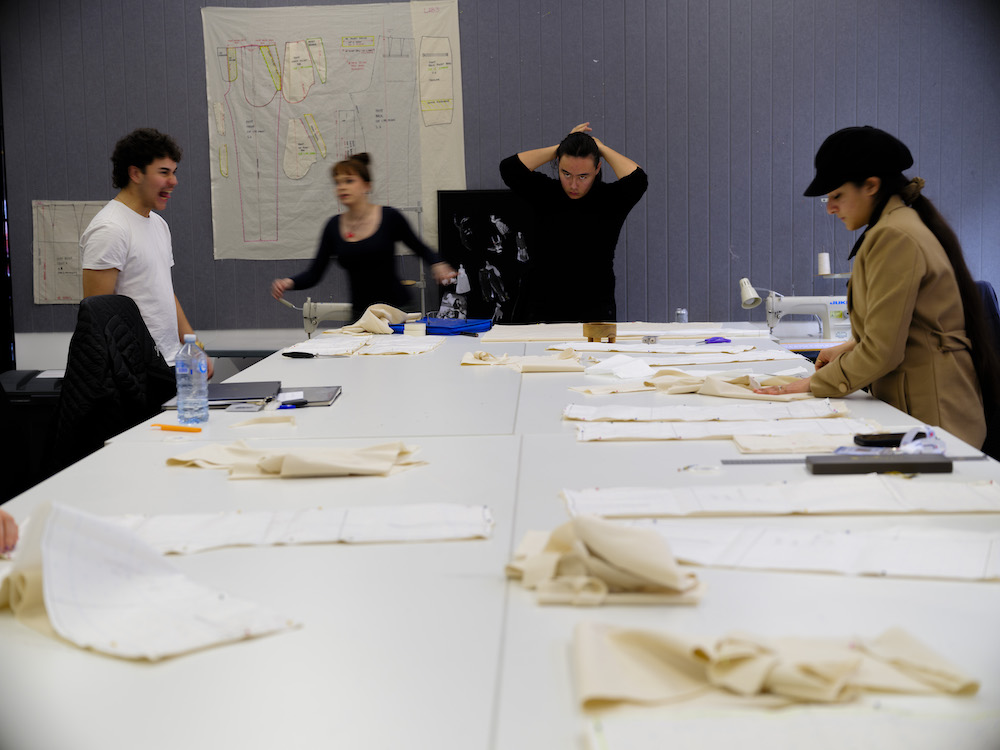
Photo by Dean Golja, LCI Melbourne, Photography Mentor
Traditional craftsmanship
Working as a design consultant alongside her role at LCI Melbourne, Gretchen understands the current demands of the fashion industry and the areas in which recent graduates are often lacking. “Brands bring me graduates who have gorgeous creative vision but struggle with the fundamental technical execution,” she says. “There are consistent gaps in industrial sewing techniques where they can create beautiful design ideas but haven’t mastered the actualisation into a sample, with the speed and precision needed for the industry.
“Another key gap is the struggle we witness [when graduates] go from flat patternmaking to 3D realisation,” Gretchen continues. She’ll often work with designers who can draft a beautiful pattern on paper but struggle to translate that design into a three-dimensional garment. Lastly, on a less glamorous (but crucial) note: “Costing and technical specification. This is where digital fluency again supports the overall design journey.”
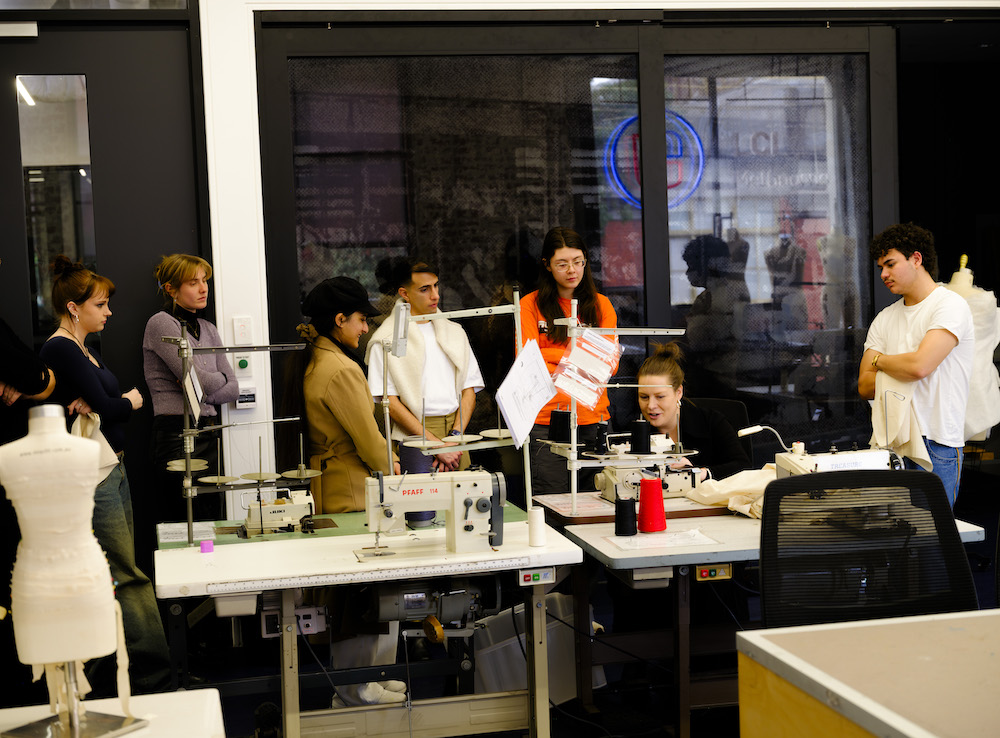
Photo by Dean Golja, LCI Melbourne, Photography Mentor
Understand the fundamentals
While you might be eager to start drafting your dream designs, Gretchen emphasises the importance of nailing the basics first. In LCI Melbourne’s Diploma of Fashion Design, students jump headfirst into practical technical skills like hand-sewing and pattern drafting, before progressing to industrial machine operation and advanced construction techniques.
“We place enormous importance on the personal journey that the design process takes,” Gretchen explains. “It’s not just about learning techniques, it’s about discovering your unique creative voice. Students begin with deep personal style exploration through building moodboards… then develop that into authentic narrative building and concept generation. We employ technology in a range of research methods to truly amplify every designer’s voice.”
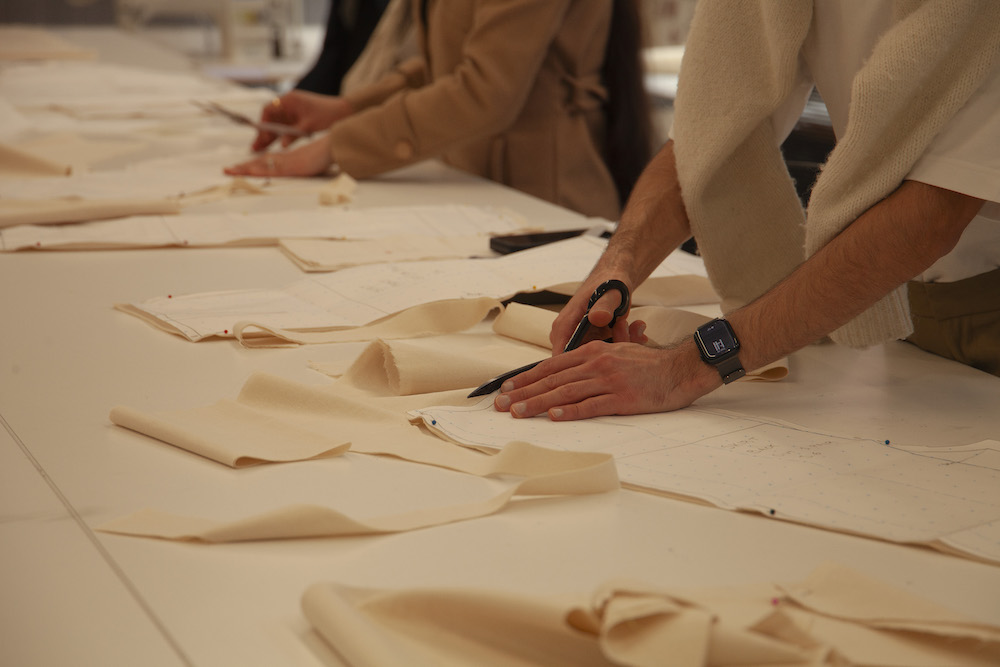
Photo by Aaron Freeman, LCI Melbourne, Photography Student
Learn from the experts
Whether it’s undertaking an internship, attending networking events or working alongside a mentor, learning from those working in the industry is the easiest way to open doors. Working on projects that mirror industry reality (like the ones presented in the Diploma of Fashion Design) is also crucial in preparing you for your first professional role.
“What’s particularly unique about our approach is that every design student is given a fictitious brief that mirrors an industry asking,” Gretchen tells me. “They’re encouraged to consider how their design vision can be showcased as part of this project proposal, diving deep into market segment analysis, pricing metrics and of course, all the technical considerations that make or break a commercial collection.”
Under the wider umbrella of LCI Melbourne’s Bachelor of Design Arts, students get the opportunity to collaborate with industry heavyweights like Melbourne Design Week and the Australian Wool Education Trust. “These partnerships let our students apply their creative vision to genuine industry briefs,” Gretchen says. “There’s something magical about watching a student’s concept evolve from sketch to runway, knowing they’re working with the same parameters and expectations as established designers. Nothing beats real client feedback for learning!”
Stay curious
In the ever-evolving world of fashion design, you should always be looking for your next learning opportunity. “Pull garments apart and learn from what has come before, practise on mannequins, photograph and log your journey… and most importantly, give it a go,” Gretchen says. “Patternmaking is the bridge between your creative vision and physical reality. It’s also the skill that separates the greats.
“At LCI Melbourne, we see this transformation happen time and time again – students arrive having never sewn before but by the time they finish… they’re researching and designing, cutting their first toile, adjusting fit and seeing their designs come to life. They understand that patternmaking is pure creative problem-solving. It’s where the magic really happens.”
To learn more about LCI Melbourne’s Diploma of Fashion Design, head here.


